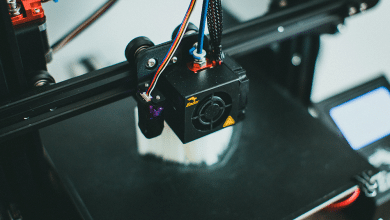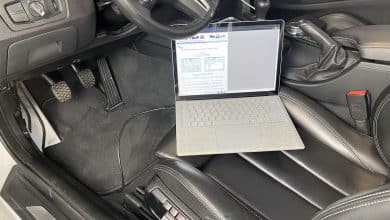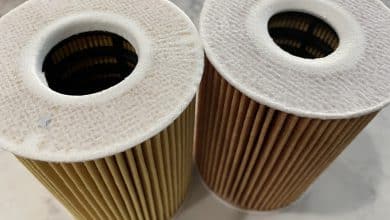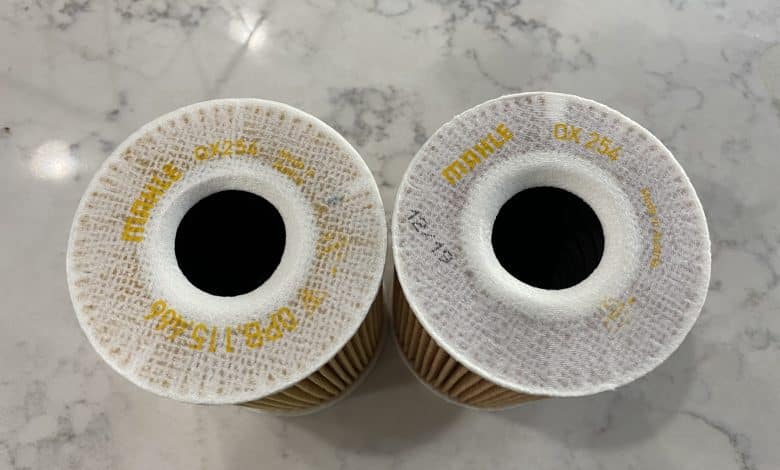
Whenever an industry starts mixing its own terms with marketing in an attempt to redefine the meaning to the consumer, the end result is usually confusing. This is certainly true when it comes to parts terminology.
What I hope to do is bring us back to the original meaning of the words and start to decouple their meaning from where you buy them or whether they are “factory”. Whether a part is OE, OEM or OER doesn’t necessarily tell you whether the part is better – it tells you who made it, through what lens they made it through and in some cases, whether there is a risk if you are not sure how the part was made.
As a car enthusiast you won’t escape these terms so it is better to understand them, and how they may impact your decision making.
Which Part Came From The Dealer?
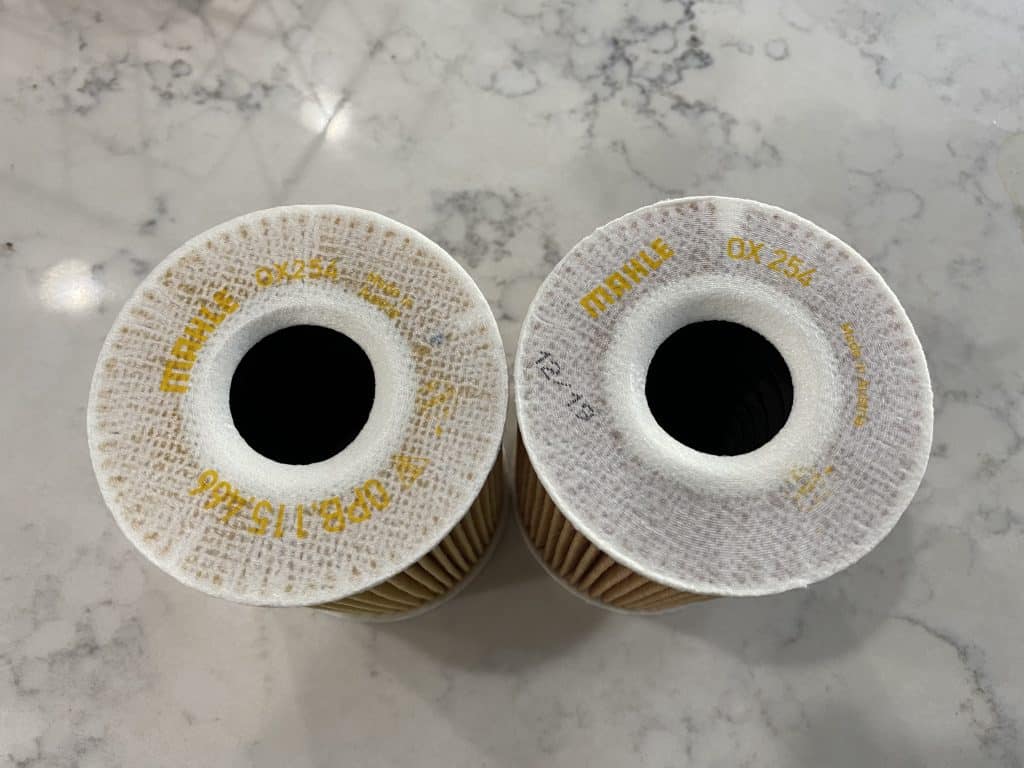
As an example of why knowing the difference matters, have a look at the picture above. It shows two oil filters purchased for a newer model German performance car. One was bought from an online retailer for about $15 shipped. The other came from the dealer. Online dealers sell it for $23-26 and the local in dealership sells it for a whopping $32 with no discounts. Can you tell the difference?
Both are stamped and made by the same manufacturer, Mahle. The name is even stamped on both filters. The filter appear to be the same color, size, weight. Even looking inside the interior plastic structure is identical.
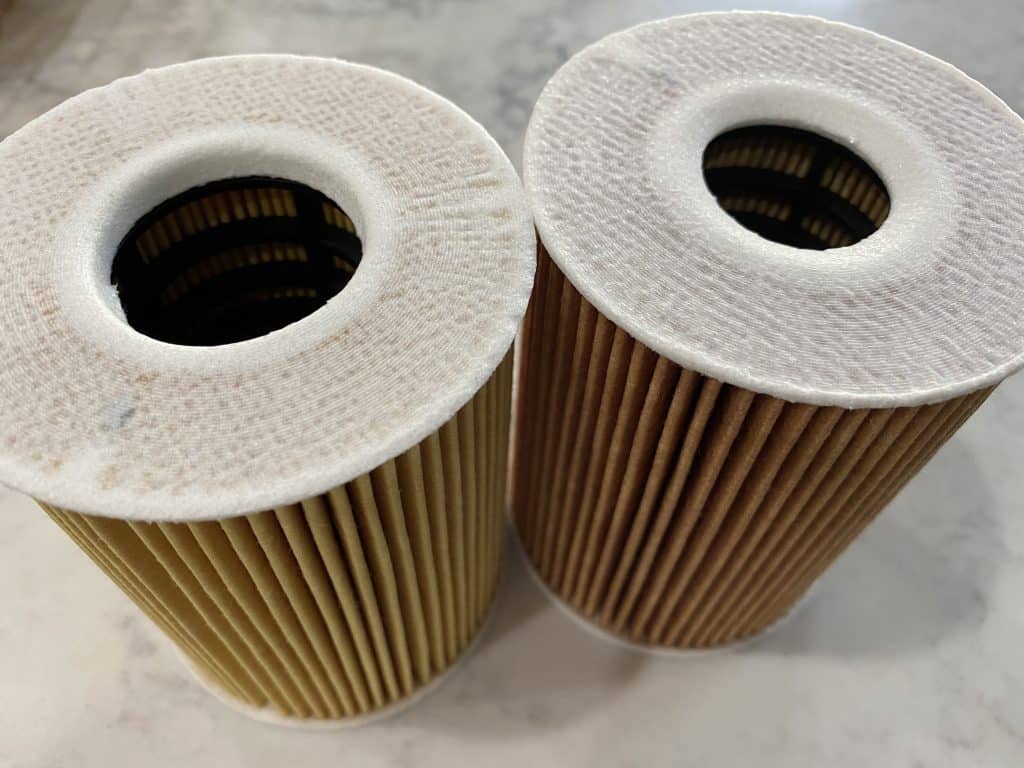
So what is different between the filters? Why is the retail one 60% of the price of even the discounted dealerships and less than half of the price of your local dealership? Are they the same?
There certainly isn’t enough difference between the two to justify the cost difference. You don’t get the feeling that the specs would be any different. Even the wrting and stamp on the top, while slightly different are in the same font. There is certainly nothing to lead you to believe that these parts are not identical.
Even the filter seal ring they came with are nearly identical, including the color.
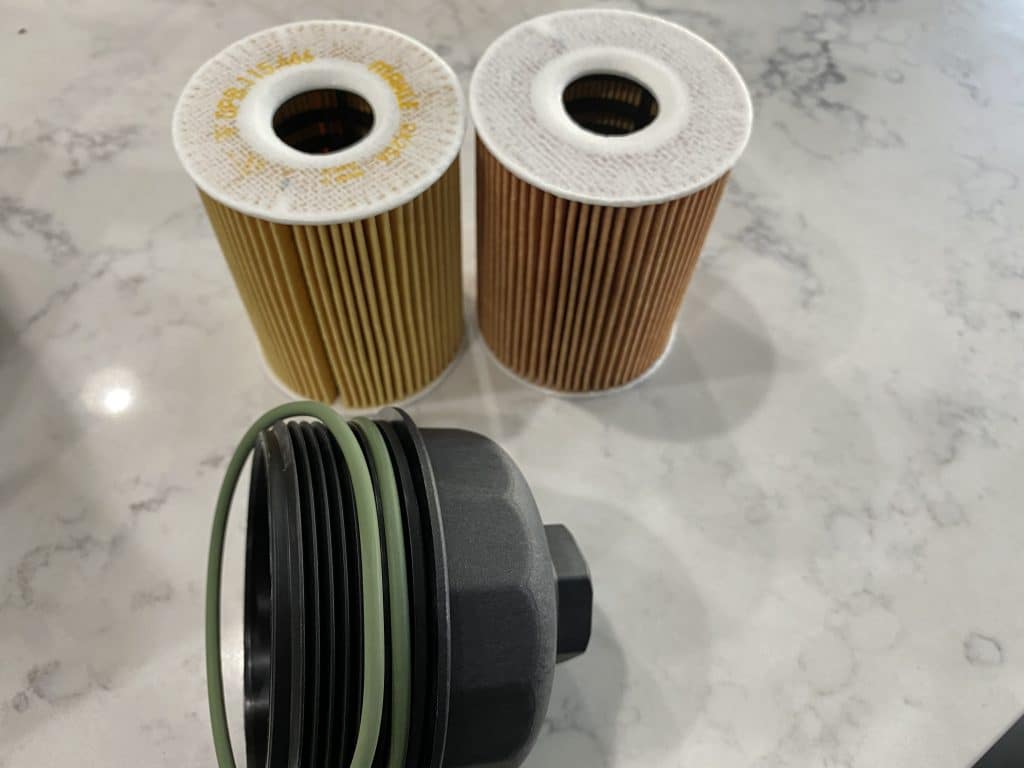
So which is which?
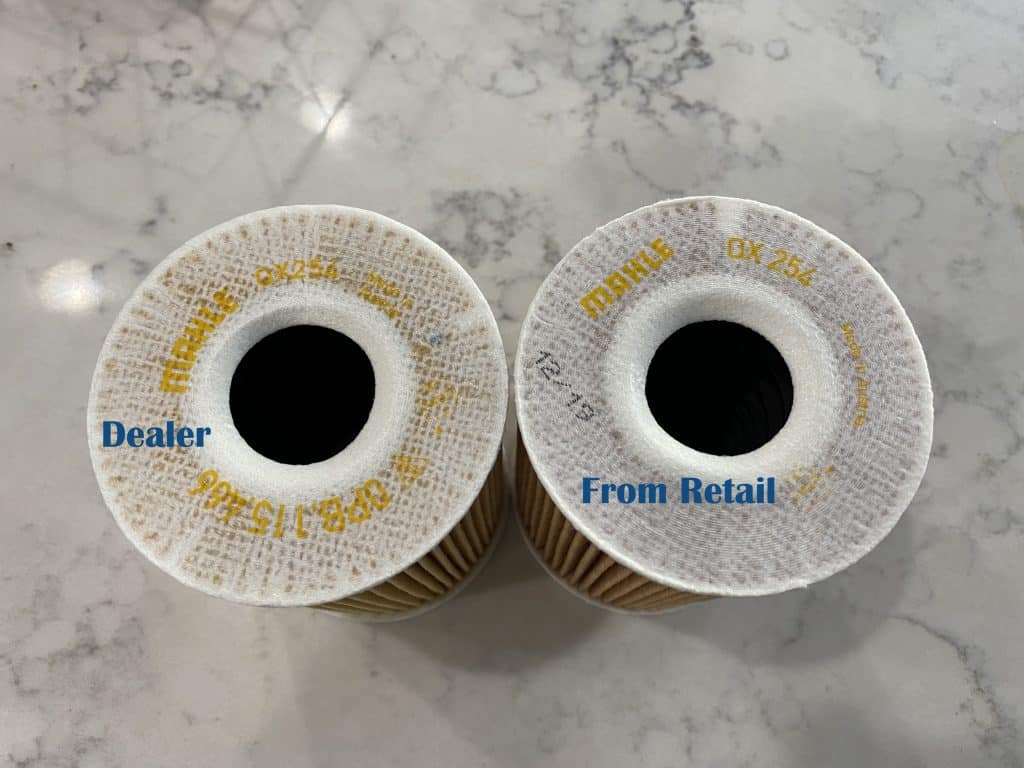
Still, there are some differences. The part number is one- the dealer part is OX256 and the one purchased at retail is OX254. Further I looked at the Mahle product catalog and they don’t appear to label any parts in the OX256 series for retail sales. This is likely how the distinguish internally between parts made for manufacturing, dealer sales and their own retail channels.
It is clear that the part on the right is made by the original equipment manufacturer and sold to the auto maker who puts their logo on the exterior packaging and sells it. This would make it an OEM part. This little difference can result in big savings when buying parts for your car, even while maintaining exacting standards.
Defining OE, OEM, OER and Aftermarket
| Part Type | Original Part Sold At Retail | In Spec | Value Proposition | Definition |
| OE | Yes* | Yes* | Lower | Original or exactly the same part installed on the car at assembly. |
| OEM | Yes* | Yes* | Lower (dealer), Moderate (OEM branded) | Part made by the original manufacturer of the part installed at assembly. |
| OER | No | Varies | Moderate to High | A part made to be similar to the original part by a manufacturer other than the original. |
| Aftermarket | No | Varies | Varies | Broadly could be any part made by a third party. Often a part made to be better to the original part by a manufacturer that is usually other than the original. |
Original Equipment (OE)
OE or original equipment parts are parts that were installed on the car in the factory. When you buy a part at the dealership you are usually getting an OE part. Generally speaking this is the safest and often the closest to original spec part you can buy. However, there are a few things to know:
Dealers don’t sell “overruns” of the parts they built the cars with. Most dealer parts are manufactured, boxed and sold for retail. In the vast majority of cases they are made by the same company that made the part put on your car in the factory. But not always.
The part you buy at the dealer may be different than the one put on the car at the factory. There are a few reasons for this – 1) the part has been improved in a later version, 2) they’ve switched to buying parts from a different manufacturer, and as part of the deal some legacy parts are being made by the new company, 3) the original manufacturer has changed or updated the part. In most of these instances the part will still meet the original specs but its not uncommon the parts were value engineered at the same time (the process of finding a cheaper way to make a similar part).
Lastly, the part may flat out not be available. Because dealerships and car companies are a business they will sometimes discontinue parts because it’s no longer financially viable to buy them in bulk, ship, stock, and sell them.
Original Equipment Manufacturer (OEM)
OEM or original equipment manufacturer are parts made by the original manufacturer of the part installed in the factory, but sold at retail under the manufacturers brand. Car companies are not really manufacturers in the sense that they make the parts that go into the car. They are really “assembly” companies in most instances. Most parts for your car are made by other manufacturers who provide them to Porsche, BMW, Ford, Toyota, etc.
Many of these manufactures also sell car parts at retail. In most cases there is nothing that limits these manufacturers from taking these parts and selling them at retail. In some other instances they are required not to sell parts at retail for a limited amount of time, which may delay their introduction into the retail market.
The advantage of OEM parts is that you get the original spec parts from the original company that made them, usually form the same assembly line. They are often as close to the original part as the versions of the part you’d get from the dealer. The part is usually cheaper when sold as an OEM part. Because the car company doesn’t actually make the part, the dealer simply acts as a distributor or retail outlet when they sell them as “dealer” parts. In fact , if you are technical to the definition, most dealer parts are actually OEM parts, not OE.
Like OE parts there are a few things to note. First is that like OE parts the retail version is not necessarily 100% the same as the one on the car, but is usually to spec. Second, the part may have been changed or modified over the time, but almost always will meet the original fitment and spec. Lastly, the part could have been value engineered to be more price competitive for the retail market. While in most cases this parts will still meet the original specs, unfortunately there are no guarantees other than brand reputation.
Original Equipment Replacement (OER)
OER or original equipment replacement are parts made by someone other than the original manufacturer of the part and sold at retail. Most parts you buy from Advance, Pep Boys, or Auto Zone, for example, are made by third party companies that are attempting to replace the fitment and specifications of the original part. They are almost always valued engineered in an attempt to make them more affordable. In other cases OER parts may try to apply a technology that wasn’t available originally into a replacement part. This is extremely common with oil filter and brake pads.
While OER parts are not necessarily inferior to the original parts, and in some cases may be superior, there is no real way to know other than the reputation of the brand. So if you are not sure or don’t know how to tell, there may be some value to trying to stick to OE and OEM parts.
Aftermarket
Aftermarket parts are made by someone other than the original manufacturer of the part and sold at retail, often in an attempt to improve the original part. The aftermarket and OER terms can often be used interchangeably. While “traditionally” speaking OER parts are intended to be value engineered but at/close to spec replacement parts, aftermarket can also include parts that are meant to be an improvement. Many aftermarket parts are OER and OER parts are also aftermarket. This could be anything from an improved oil filter or spark plug to a new turbo setup. Aftermarket, by definition is nay part designed to replace an existing part for repair or enhancement.
Recap
If you want the best for your car, as most enthusiasts do, but also have a realistic eye on your wallet you no doubt have had or heard a debate about where to get your car parts.
While the safe answer is find the cheapest way to acquire parts from the dealer, its not always the best value. Sometimes the part isn’t even available. However, many people worry about the quality of the parts from the local auto parts store.
Terms themselves can be confusing. What is truly the difference between Original Equipment (OE), Original Equipment Manufacturer (OEM) and Original Equipment Replacement (OER)? What happens when a third party is working on my car? You may have even heard these terms references to insurance, especially in the event of a car accident.
OE vs OEM vs OER parts – a discussion that has been raging for years in the automotive scene. Like many things there is a lot of good information, but there is also a lot of misinformation out there.


